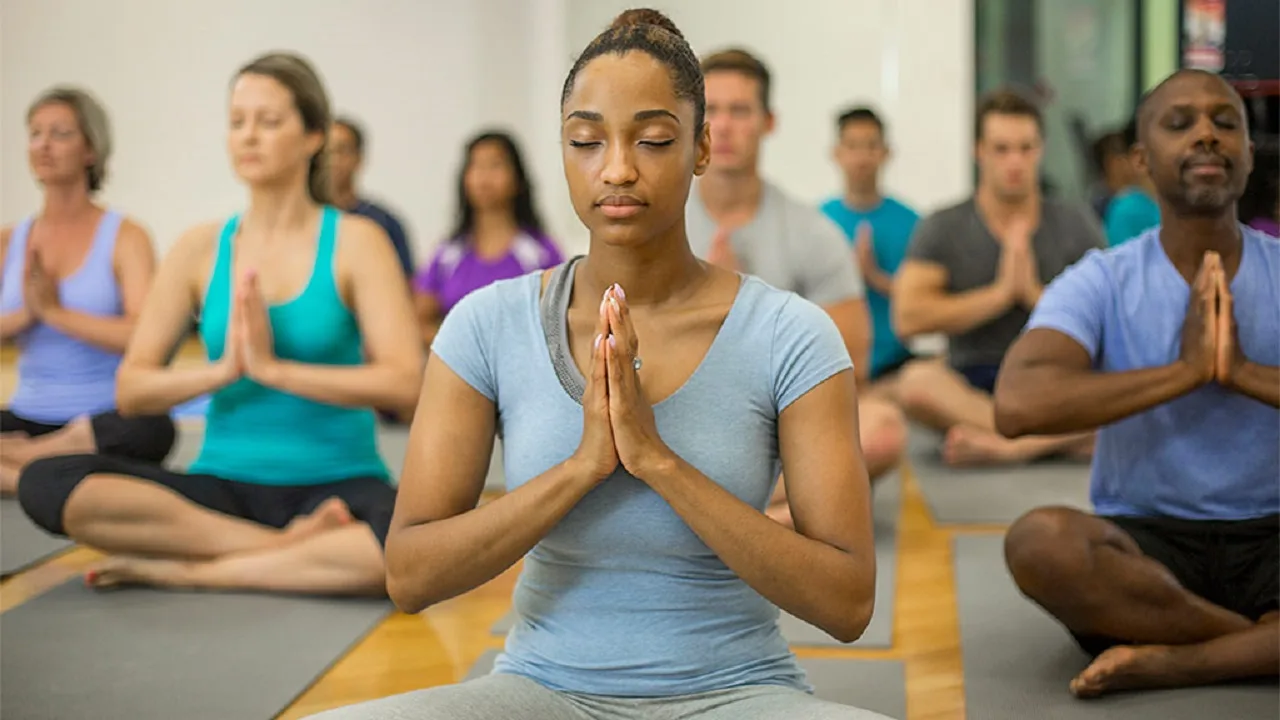The term yoga is derived from the Sanskrit word “yui”, which in English means to connect or unite. Yoga is largely about the connection between body, mind and soul. The many different forms of yoga include both mental exercises (meditation) and physical exercises, the so-called asanas, which can be performed at home by young and old – for example under the guidance of online trainers.
Yoga styles: Hatha, Kundalini, Yin and Yang Yoga
There are many different types of yoga. The most popular ones include:
- Hatha yoga is probably the most popular style of yoga in the world. It focuses on slow and relaxed body and breathing exercises.
- Kundalini yoga is a more spiritual form of yoga with many breathing and meditation techniques.
- Yin yoga includes gentle, passive exercises that are mainly performed lying down or sitting and held for several minutes. In contrast, Yang yoga is a dynamic style of yoga.
Yoga can reduce stress and anxiety
Yoga has a stress-reducing effect: The exercises specifically activate the parasympathetic nervous system, which takes on the role of the “rest nerve” in the autonomic nervous system. This means that it dampens certain bodily processes such as breathing, heartbeat and muscle tension and ensures relaxation and recovery. The release of the stress hormone cortisol is reduced. Those who do yoga exercises regularly can influence their blood pressure so that medication for high blood pressure may no longer be necessary. In addition, when doing yoga, the brain releases more gamma-aminobutyric acid – a messenger substance that contributes to relaxation. Yoga can even help with mental illnesses such as anxiety syndrome.
Training for healthy posture
In addition, yoga also stretches muscles, ligaments and fascia and trains the muscles. The deeper muscles and muscle groups can be targeted in particular. And self-perception changes: people who have back pain and neck problems and do yoga regularly also correct unhealthy posture more often in everyday life – for example when sitting at a desk. This is how chronic pain can be combated.
Yoga for the elderly: joint lubrication, muscle strength and fall prevention
There is no age limit for yoga. It is especially important for older people to exercise so that their joints do not become increasingly immobile. Gentle movement reduces acute pain, improves joint function, and increases muscle strength. This helps with everyday life and is a good way to prevent falls .
If you are worried that it will hurt and crunch, you can use gentle movements to find out where the limit is and whether it might even help to slightly exceed it. The international osteoarthritis society OARS recommends exercise for osteoarthritis, even if it hurts at first. Yoga exercises “lubricate” the joints and make them more supple because more synovial fluid is produced and waste products are broken down. Yoga also improves the sensation of pain, as the perception of pain decreases when the nerves are no longer squeezed and irritated by tense muscles.





